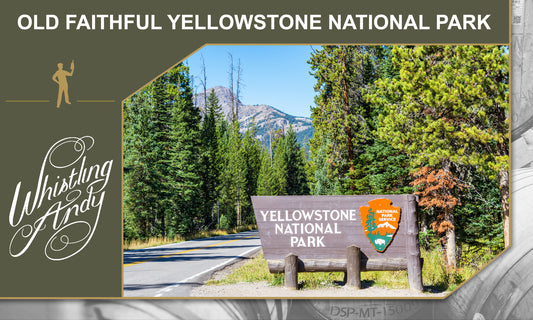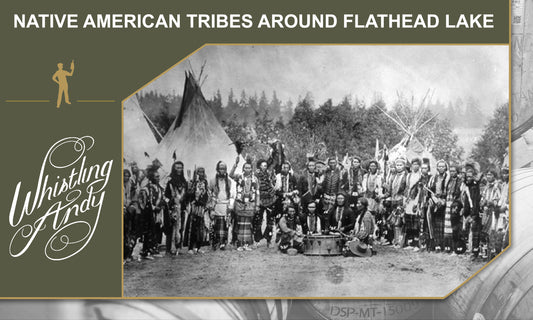Scotch single malt has long been a popular drink, so it was only a matter of time before America put its twist on this classic whiskey drink.
Steve McCarthy and Clear Creek Distillery
Steve McCarthy founded Clear Creek Distillery in the 1980s in Portland, Oregon. In 1996, the distillery released the first American single malt whiskey: McCarthy’s Oregon Single Malt Whiskey. This product would be the first of many, but not for several years.

The Cost of Barley
The main reason it took other potential competitors to McCarthy so long to create their own single malt whiskies is that the cost of barley is more expensive than other grains, like rye and corn.
St. George Spirits
The next single malt whiskey to appear was produced by St. George Spirits in 2000. This distillery was founded in 1982 by Jörg Rupf. Today, this single malt whiskey is one of the most in-demand on the market, thanks to the distillery’s avant-garde distillation approach and unique aging methods.
Stranahan’s
Stranahan followed with a single malt in 2004.
Balcones
Balcones came a little later to the game, debuting a single malt in 2008.
How Whiskey Is Made
Whiskey requires only three ingredients: grain, water, and yeast. If it were that easy, everyone would do it. Distillers often say that creating a quality single malt is an art form, and for good reason.
There are several different grains that can be used, different yeast profiles, and even variations in distilling techniques. When it comes to whiskey, the four most common grains used are barley, rye, wheat, and corn, each of which creates a different flavor profile.

Here’s a quick overview of the process behind making whiskey.
1. Malting
The grain of choice is moistened, then given time to germinate. It’s then heated and dried (to halt the malting process).
2. Milling
The malted grains are divided into three parts (the flour, the middle, and the husk), then ground. The powdery result is known as a grist.
3. Mashing
Grist is combined with water of varying temperatures (all hot) inside a large container (a mash tun). This process creates mash (sometimes called wort).
4. Fermentation
Yeast is added to the mash. This converts the sugars in the mash into alcohol. At this stage, the product is essentially unhopped beer with 8% alcohol by volume (also known as the wash).
5. Distillation
The wash is heated in a still. During this stage, the alcohol separates from the wash and is removed, which creates the early stage of the spirit known as whiskey.
6. Maturation
The spirit from the previous step is placed in oak barrels and aged for varying lengths of time. While it matures, the whiskey will take on different color and flavor profiles.
7. Vatting
Once the whiskey has matured, distillers may combine whiskey from different casks and/or add water, which can affect the final color and taste.
8. Bottling
The final product from step seven is put into bottles at or above a level of 40% ABV (alcohol by volume). It’s finally ready to be enjoyed by consumers.
What Makes Whiskey an American Single Malt
Whiskey is any alcoholic beverage made by distilling fermented grains into a final product of at least 40% ABV. Malt whiskey, per U.S. standards, must have a mash bill (the grain or grains used) of at least 51% malted barley.
Single malt whiskey has several rules. The first is that it must be produced at a single distillery. In the U.S., single malt whiskey must also be 100% malted barley.
However, there are no regulations in place to prevent a company from calling a whiskey made from 51% barley a single malt.
The final rule is that the distillery must be in the U.S. to be called an American single malt.

The American Single Malt Whiskey Commission
Better known as the ASMWC, this commission has six strict guidelines regarding American single-malt whiskey.
- The process takes place in the U.S.
- The product is completely distilled at one distillery
- The product is made from 100% barley
- The product is matured in oak casks (max. 700-liter capacity)
- The product is distilled to a max of 80% ABV
- The product is bottled at 40% or higher ABV
Sixteen founding distilleries, plus more than 130 members, follow these guidelines to ensure a top-quality product. Even though this commission is keen on creating quality standards, the one thing they don’t require is an age statement.
The reason is that American single malts mature faster than their Irish or Scottish counterparts, thanks to a hot and dry climate. The difference in climate means an American whiskey aged for only two years could share similar characteristics to a Scottish whiskey aged for twelve years.
American Single Malt Whiskey Today
American single malt whiskey is one of the fastest-growing portions of the whiskey market. Demand increases every year, which means more distilleries are experimenting to find their perfect formula.
Sources
American Single Malt Whisky: A Complete Guide | Virginia Distillery Co. (vadistillery.com)





